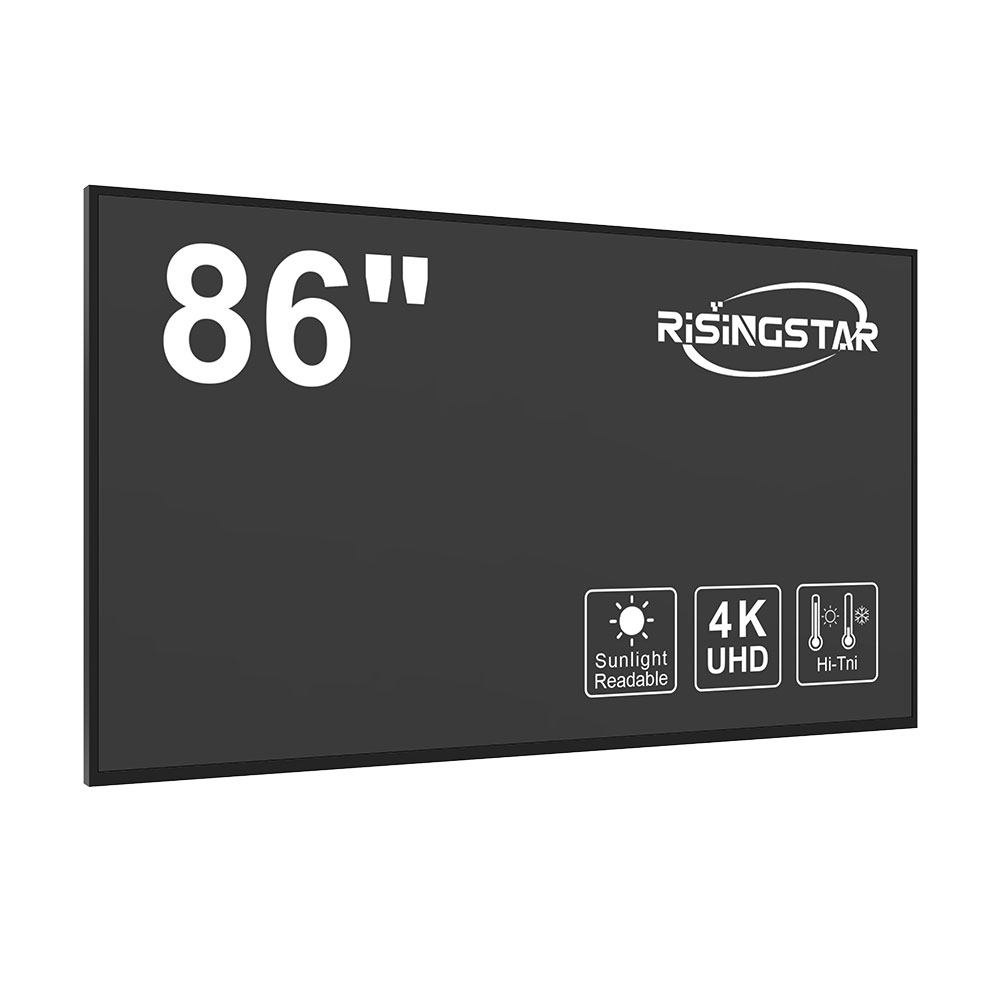- Home
- About Us
- Products
- News
- Video
- Contact
- Send Inquiry
Search
- Home
- About Us
- Products
- News
- Video
- Contact
- Send Inquiry

High-brightness sunlight-readable LCD displays are essential components in modern outdoor electronic systems, especially in military, transportation, industrial automation, and smart city applications. These displays are engineered to maintain clarity and visibility under direct sunlight, where ambient light levels can exceed 100,000 lux—far beyond the typical indoor lighting of 300–500 lux. The key technical differentiator lies in achieving luminance levels of at least 3,000 cd/m² (nits), with many premium models reaching up to 7,000 nits or more. This high luminance is achieved through advanced backlighting technologies such as LED arrays with optimized diffusers, local dimming zones, and high-efficiency phosphors.
Manufacturers like Sharp, LG Display, and AU Optronics have pioneered the use of high-brightness IPS (In-Plane Switching) panels that combine wide viewing angles (>178°), excellent color accuracy (sRGB >95%), and robustness against environmental stressors such as temperature extremes (-30°C to +70°C), humidity (up to 95% non-condensing), and mechanical shock. For example, the Sharp LJ420 series and LG’s 12.1-inch 7000-nit display used in military vehicle HUDs demonstrate real-world performance in harsh conditions.

A critical design challenge involves balancing power consumption with brightness. While traditional CCFL backlights were limited to around 1,500 nits, modern LED-based systems now enable dynamic brightness control via ambient light sensors and intelligent drivers. This not only improves energy efficiency but also extends display lifespan. According to a 2023 study by the Society for Information Display (SID), high-brightness LCDs using OLED-backlit technology show a 25% reduction in power draw compared to older edge-lit LED configurations while maintaining peak brightness.
Case studies from the U.S. Department of Defense highlight the deployment of 5,000-nit sunlight-readable displays in field communication terminals used in Afghanistan and Iraq, where solar exposure and dust accumulation posed severe visibility challenges. Similarly, Japanese railway operators have adopted these displays in train control interfaces to ensure operational safety during daytime operations in sunny regions like Okinawa and Hokkaido.

From a materials perspective, anti-reflective coatings (ARC), polarized glass layers, and Gorilla Glass 6 or equivalent hardened substrates contribute significantly to reducing glare and enhancing durability. Some manufacturers integrate touch overlays with IP65/IP67 ingress protection for use in wet or dusty environments, as seen in IoT-enabled kiosks and automated ticketing machines deployed across Europe and Southeast Asia.
The future of high-brightness LCDs lies in hybrid technologies such as micro-LED integration, quantum dot enhancement (QD-LCD), and AI-driven adaptive brightness algorithms. These innovations promise even higher contrast ratios (>10,000:1), improved battery life, and better performance in extreme climates, ensuring long-term viability for next-generation outdoor applications.